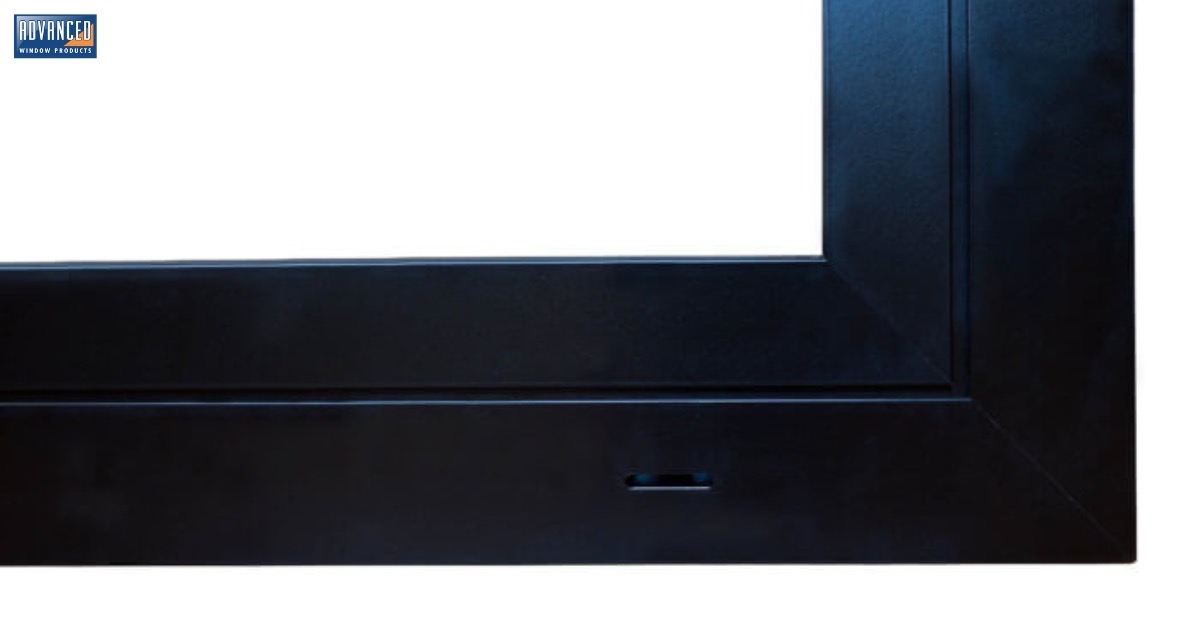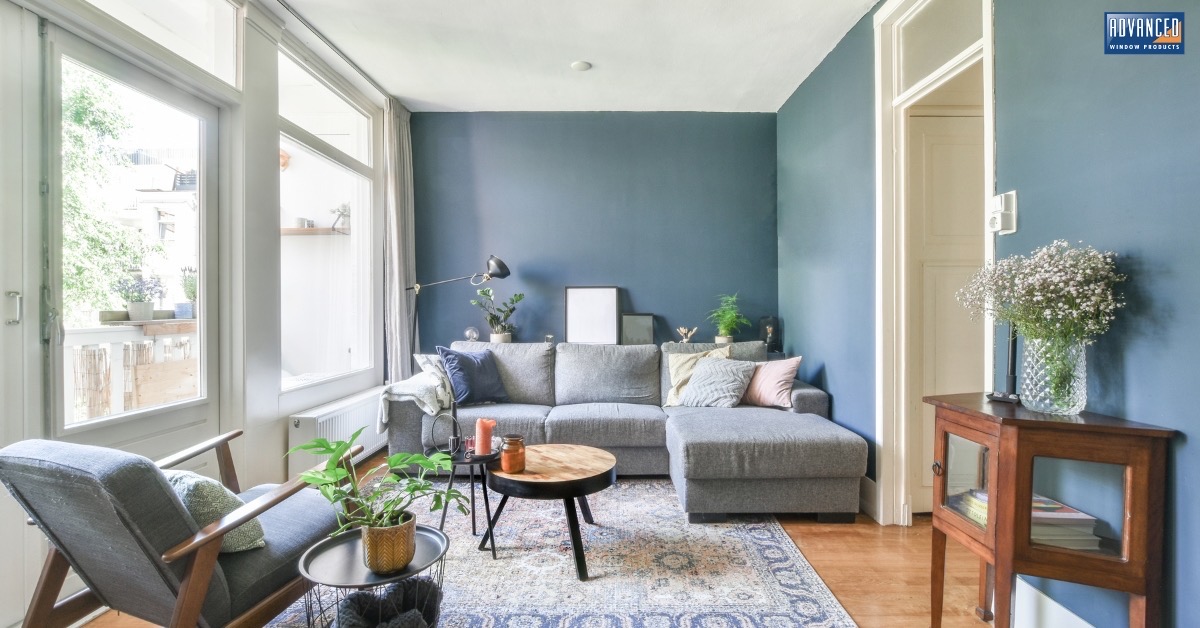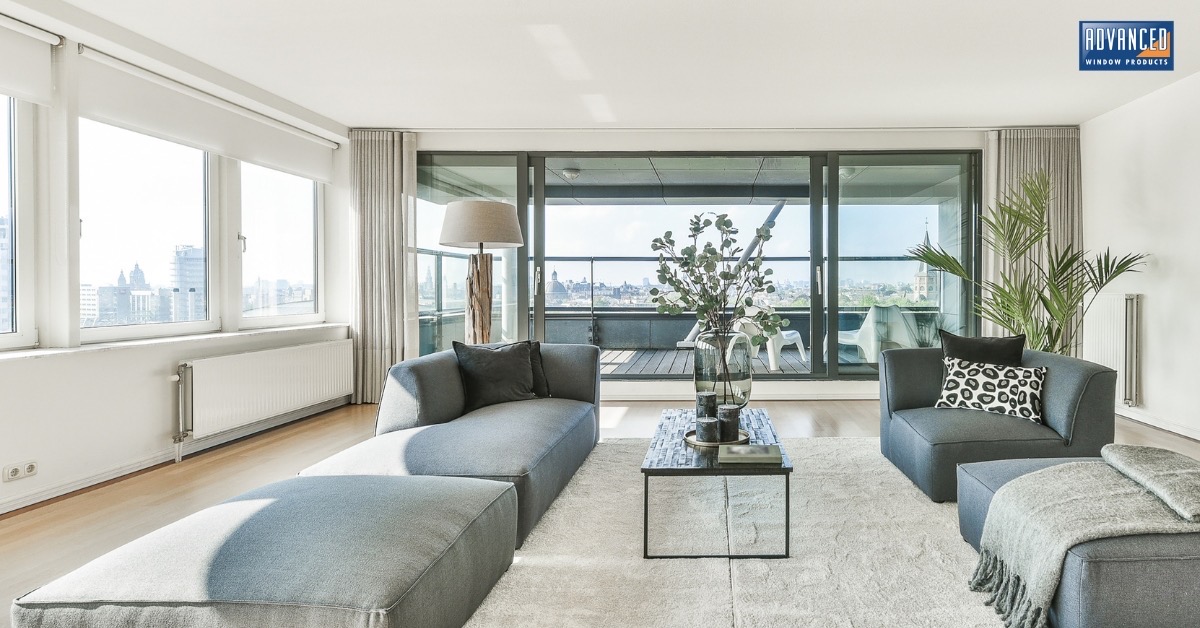People value their independence, and more often than not, our furry friends are no different. A pet door can be the way to independence and freedom for indoor/outdoor pets, which is why most pets will enthusiastically use the pet door. That said, it may take a little coaxing to teach your pet how to use the door.
Before training even begins, you’ll want to make sure your pet door is the right size. Check out our sizing guide and DIY measuring PDF to make sure your furry friend can safely and effectively make their entrance and exit. After doing this, try to discern whether your buddy prefers using the door as an entrance into the home or an exit. If your puppy loves staying indoors, begin training outside. Conversely, if your dog loves the freedom of roaming in the yard, start teaching them to use the door from the inside. Training in this way provides extra efficiency since the pup will desperately want to get to their favorite place in the house. If your dog seems to love the indoors and outdoors equally, then you can start teaching the pooch indoors or outdoors, whichever you prefer.
Also, understand that dogs are similar to people in another way as well. Namely, they all learn and become accustomed to training at different speeds. Remain patient while teaching your dog to use the pet door, and eventually your buddy will get the hang of it.
Avoid Using Force During Training
Training your pet to use the door does not need to be difficult. Really, there are no real ways to go about training the “wrong” way, but there is one exception to this general rule. Never use force or shove your pet through the door for the following reasons:
- Using force unexpectedly will frighten your pet
- Your pet may understandably associate that fear with the door itself
- Once fear and the door are linked, your pet will be terrified to go near it ever again
Instead, stand on the other side of the pet door and call your pet in a loving and patient manner. Positive reinforcement works wonders during training. Whether you use treats, ear scratches, verbal praise or some other form of affection, it will pay off so long as you don’t commit the cardinal sin of using force while training.
Keep Pet Door Training Light and Brief
 Another great way to enhance training efficiency is to keep the mood fun and light and the training length brief. A happy and brief session of around 10 minutes keeps your pet encouraged rather than discouraged. They need to know that the door is something to have fun with if you want use of the door to become a regular and consistent routine.
Another great way to enhance training efficiency is to keep the mood fun and light and the training length brief. A happy and brief session of around 10 minutes keeps your pet encouraged rather than discouraged. They need to know that the door is something to have fun with if you want use of the door to become a regular and consistent routine.
When your pup makes an initial attempt to come through the door, shower your furry friend with praise and encouragement. Then, when the dog makes it all the way through the door for the first time, go bananas! Really ratchet up the praise and go crazy in celebration over the accomplishment. After the dog is now thoroughly lavished in praise and feeling quite proud, go to the other side of the door and repeat the process.
After a few repetitions going and coming, remember the 10-minute strategy and take a break. Training, while exciting and playful, can add stress to your dog if it goes on for too long. Keeping things light and brief prevents doggie burnout and ensures the next training session is one the dog will enjoy.
Make The Training Process Easier for Your Furry Friend
There are additional ways you can give your pup incentives to use the door appropriately. For one, if your dog loves the outdoors, you may find yourself becoming a new doorman. When squirrels play in the backyard or a similar outdoor distraction occurs, your dog may beg you to open the doggie door. Don’t give in and ignore the request instead, since you want the dog to use the door regularly on its own instead of waiting for you. Try using a verbal cue such as “doggy door” in a happy voice during training. This encourages your friend to clamber through with a recurring cue that motivates them to move through the door.
A custom built pet door from Advanced Window Products is the first step towards freedom for you and your pet. Contact us today for a free estimate and more information.























